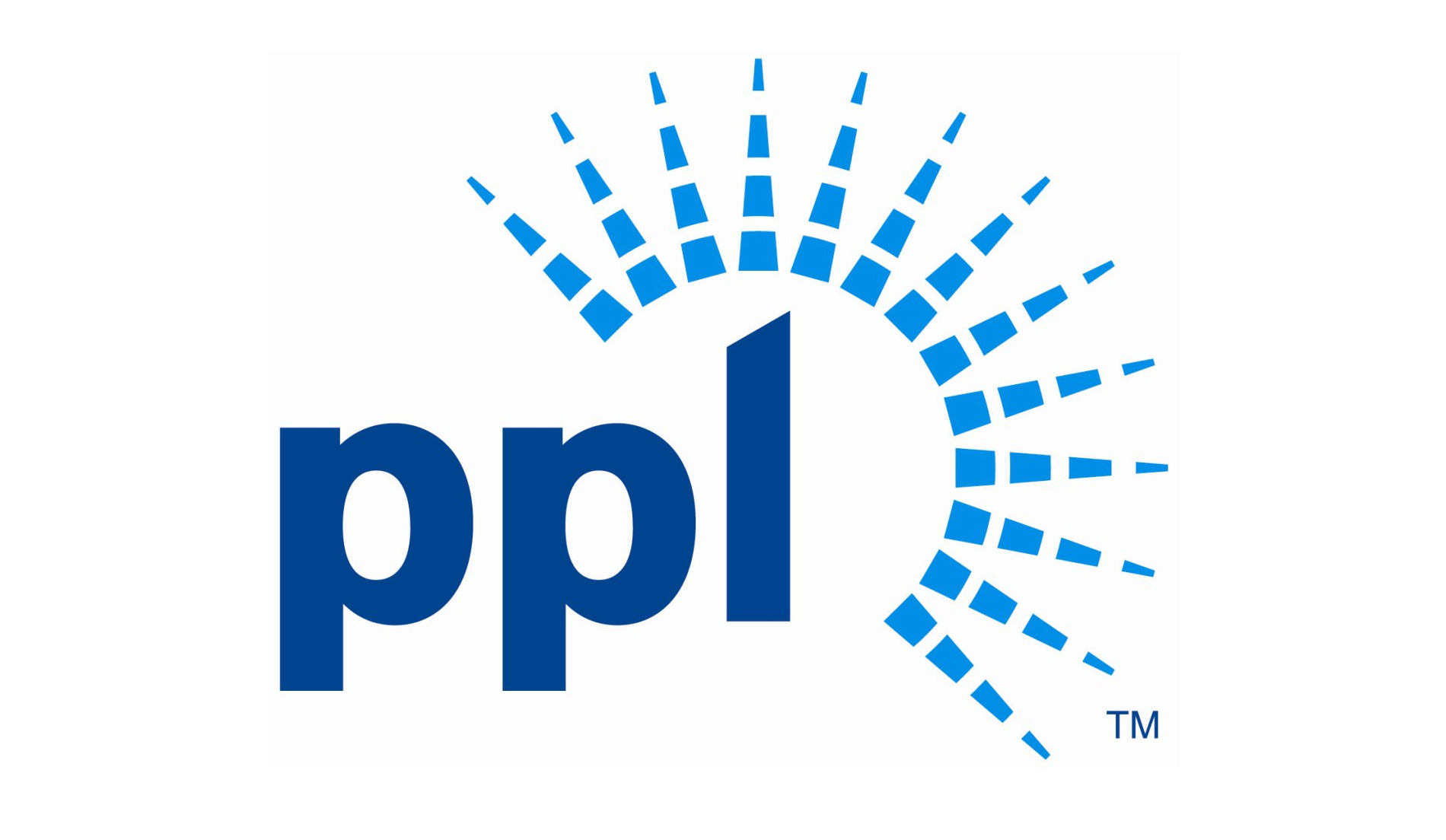
PPL Stock Jumps on Plans to Shop U.K. Business; Dividend Safety Score Downgraded to "Borderline Safe"
PPL's stock rallied 5% today after the firm announced plans to initiate a process to sell its U.K. operations.
PPL's U.K. utility business generated 52% of the company's 2019 segment earnings but faced an uncertain longer-term outlook.
The current regulatory framework driving PPL's U.K. electricity distribution business ends in 2023, and Britain's energy regulators appear eager to reduce allowed returns at that time.
This overhang, coupled with Brexit-related political instability and currency volatility, weighed on PPL's stock performance in recent years.
Since 2017, PPL has seen its P/E ratio fall from an average near 16 to about 11 today. For context, the utility sector's average P/E ratio is about 17.5.
Management believes they can create immediate shareholder value by fetching a sale price for the U.K. business that is better than the sum-of-the-parts valuation embedded in PPL's current stock price.
Assuming a buyer is found, PPL's repositioned portfolio will be fully U.S.-based, resulting in a higher EPS growth rate that would be more in line with U.S. utility peers.
Management expects to use proceeds from the deal to strengthen PPL's balance sheet (maintain the firm's investment-grade credit rating), return capital to shareholders (buybacks or a special dividend), and review utility acquisition opportunities for growth.
PPL said it will consider offers for cash or cash and an exchange of U.S. utility assets as it looks to expand its rate regulated assets in America.
Rumors emerged last year that PPL was in discussions to merge with U.S. utility Avangrid, so there are interesting strategic options for management to consider as they shop the U.K. business.
On the conference call, management also noted that taxes on the deal could be minimal since PPL has about $1.5 billion of U.S. net operating losses (a type of tax credit that can offset future profits) and is open to exploring deals for other assets rather than just cash.
What about the dividend?
Until a transaction takes place (management hopes to announce a deal in the first half of 2021), PPL expects to maintain its current payout of $0.415 per quarter.
Management said it's too soon to get into any specifics about what type of "an adjustment, if any" there would be to the dividend following a deal.
But the company stated that the dividend "will remain an important part" of PPL's total shareholder return as has always been the case.
When looking at the remaining business, management said an appropriate payout ratio would probably be 60% to 70%, in line with the sector average for U.S. regulated utilities.
PPL's annual dividend of $1.66 per share represents a payout ratio of 68%, so this wouldn't mark a change in dividend policy.
However, the new PPL's dividend growth prospects will be stronger without the U.K. business.
For example, over the last three years PPL's U.K. earnings grew by less than 2% while its Kentucky and Pennsylvania utilities grew their profits by about 10% and 36%, respectively.
It's harder to know what new base the dividend might be growing from, though.
We estimate PPL's U.S. regulated utilities generate around $1.10 annual earnings per share on a standalone basis.
Applying a 65% payout ratio would result in an annual dividend around $0.72 per share, or a little less than half of the current dividend ($1.66 per share).
Ultimately, it's too soon to speculate about a rebased dividend since PPL is interested in acquiring U.S. utility assets, perhaps even as part of a deal, to replace at least some of its U.K. earnings.
That said, we are downgrading PPL's Dividend Safety Score from Safe to Borderline Safe in recognition of management's plans and the uncertainty they create for the utility's dividend level sometime next year (assuming a transaction takes place).
This isn't necessarily a reason to sell. PPL remains committed to paying a meaningful dividend, and the dividend's level will depend in part on what assets PPL acquires.
The stock's short-term performance will be driven primarily by how much value PPL receives for its U.K. business, and how management decides to reinvest the proceeds.
We plan to continue holding our shares of PPL in our Conservative Retirees portfolio and will wait to reevaluate the situation until either PPL's valuation strengthens further or a transaction is announced. We will provide updates as needed.
PPL's U.K. utility business generated 52% of the company's 2019 segment earnings but faced an uncertain longer-term outlook.
The current regulatory framework driving PPL's U.K. electricity distribution business ends in 2023, and Britain's energy regulators appear eager to reduce allowed returns at that time.
This overhang, coupled with Brexit-related political instability and currency volatility, weighed on PPL's stock performance in recent years.
Since 2017, PPL has seen its P/E ratio fall from an average near 16 to about 11 today. For context, the utility sector's average P/E ratio is about 17.5.
Management believes they can create immediate shareholder value by fetching a sale price for the U.K. business that is better than the sum-of-the-parts valuation embedded in PPL's current stock price.
Assuming a buyer is found, PPL's repositioned portfolio will be fully U.S.-based, resulting in a higher EPS growth rate that would be more in line with U.S. utility peers.
Management expects to use proceeds from the deal to strengthen PPL's balance sheet (maintain the firm's investment-grade credit rating), return capital to shareholders (buybacks or a special dividend), and review utility acquisition opportunities for growth.
PPL said it will consider offers for cash or cash and an exchange of U.S. utility assets as it looks to expand its rate regulated assets in America.
Rumors emerged last year that PPL was in discussions to merge with U.S. utility Avangrid, so there are interesting strategic options for management to consider as they shop the U.K. business.
On the conference call, management also noted that taxes on the deal could be minimal since PPL has about $1.5 billion of U.S. net operating losses (a type of tax credit that can offset future profits) and is open to exploring deals for other assets rather than just cash.
What about the dividend?
Until a transaction takes place (management hopes to announce a deal in the first half of 2021), PPL expects to maintain its current payout of $0.415 per quarter.
Management said it's too soon to get into any specifics about what type of "an adjustment, if any" there would be to the dividend following a deal.
But the company stated that the dividend "will remain an important part" of PPL's total shareholder return as has always been the case.
When looking at the remaining business, management said an appropriate payout ratio would probably be 60% to 70%, in line with the sector average for U.S. regulated utilities.
PPL's annual dividend of $1.66 per share represents a payout ratio of 68%, so this wouldn't mark a change in dividend policy.
However, the new PPL's dividend growth prospects will be stronger without the U.K. business.
For example, over the last three years PPL's U.K. earnings grew by less than 2% while its Kentucky and Pennsylvania utilities grew their profits by about 10% and 36%, respectively.
It's harder to know what new base the dividend might be growing from, though.
We estimate PPL's U.S. regulated utilities generate around $1.10 annual earnings per share on a standalone basis.
Applying a 65% payout ratio would result in an annual dividend around $0.72 per share, or a little less than half of the current dividend ($1.66 per share).
Ultimately, it's too soon to speculate about a rebased dividend since PPL is interested in acquiring U.S. utility assets, perhaps even as part of a deal, to replace at least some of its U.K. earnings.
That said, we are downgrading PPL's Dividend Safety Score from Safe to Borderline Safe in recognition of management's plans and the uncertainty they create for the utility's dividend level sometime next year (assuming a transaction takes place).
This isn't necessarily a reason to sell. PPL remains committed to paying a meaningful dividend, and the dividend's level will depend in part on what assets PPL acquires.
The stock's short-term performance will be driven primarily by how much value PPL receives for its U.K. business, and how management decides to reinvest the proceeds.
We plan to continue holding our shares of PPL in our Conservative Retirees portfolio and will wait to reevaluate the situation until either PPL's valuation strengthens further or a transaction is announced. We will provide updates as needed.



